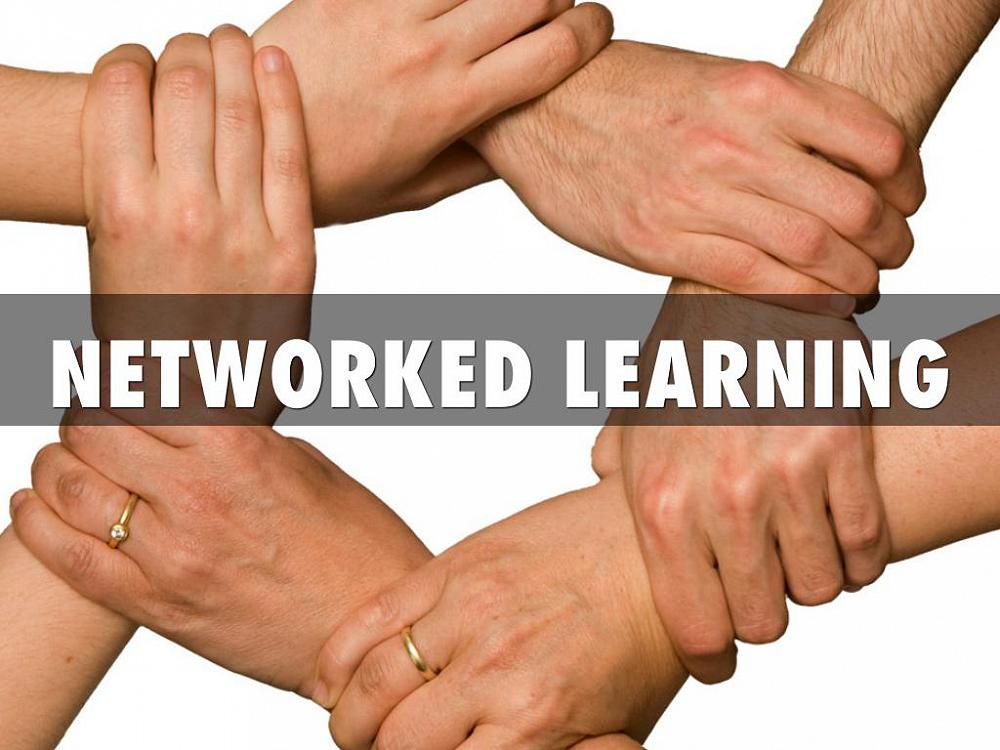
Towards Networked Learning
Are we missing the point when we extol the virtues of online learning?
Is the term itself very helpful? It certainly helps indicate that learning is occuring (or attempting to) through the internet. However, it isn't that simple. Historic terms such as online, virtual or blended learning do not fully recognise the complex interplay of space, technology and practice. It is now unusual to find situations that are entirely face to face or online. “Rather, they involve complex entanglements of students, teachers, ideas, tasks, activities, tools, artefacts, places and spaces”. (Carvalho & Yeoman 2018; Ryberg, Davidsen & Hodgson, 2018, as cited in Networked Learning Editorial Collective (NLEC), 2020).
At the end of last year, while conducting some research, I stumbled across the term 'Networked learning'. I have come across it before, but I hadn't given it much attention. Yet more educational jargon it seemed at the time. However, when I began to read I was immediately struck by what the term represented. In essence, it represents a shift away from viewing learning in such binary terms as 'face to face' or 'online' and takes a step towards a more people centred approach. It is a field of research and practice that has developed over the last 30 years and was recently revised to fit our current covid context. Networked Learning has always been distinguished by a focus on the interplay of three key areas:
Human/interpersonal relationships.
Technology (especially digital communications technologies).
Collaborative engagement in valued activity.
Importantly, we can’t study any one area without consideration of how it works with the others. Over recent years these areas have developed into a definition which fully captures many of the principles and values historically embraced by NetNZ and the Virtual Learning Network Community.
“Networked learning involves processes of collaborative, co-operative and collective inquiry, knowledge-creation and knowledgeable action, underpinned by trusting relationships, motivated by a sense of shared challenge and enabled by convivial technologies. Networked learning promotes connections: between people, between sites of learning and action, between ideas, resources and solutions, across time, space and media” (Networked Learning Editorial Collective, (NLEC), 2020, p. 320).
Networked learning is an approach that distinguishes itself from some current educational developments that undermine human connectivity; that wish to reduce education to the production, delivery and consumption of online content. This unfortunately, is a model that is prevalent in what we sometimes call, or perceive to be, 'online learning'. It is so often what parents or sometimes, educators, think of when they hear the term 'online'. Our recent remote learning experiences may have both, helped and hindered that.
What that taught us is that we need people. There is nothing wrong with content, there is certainly plenty of that on the internet. However, learning is a people centred endeavour...even in the times we are just working by ourselves. Connection is important. The internet is sometimes accused of disconnecting us from each other. At least, in meanginful ways, but it really depends on how we are using it. For a learner in a remote, isolated area, the internet can be a gateway to New Zealand and the world. There are no physical boundaries online. With the right conditions (and let's not forget the inequities that exist in this area), anything is possible.
I run a Philosophy programme for senior learners across the country. Yes, much of that is online, but that term does not do it justice. They get to connect, mix, collaborate, inquire together across meaningful, topical issues. Quite a bit of it uses the internet, but they also have their physical space. Sometimes they have other local learners doing the programme with them. It seems to me that the term 'online' is rather meaningless within this context. They are learning. Yes, the internet is one vehice for that, but it is the complex interplay of those three areas that is key -
Human/interpersonal relationships.
Technology (especially digital communications technologies).
Collaborative engagement in valued activity.
